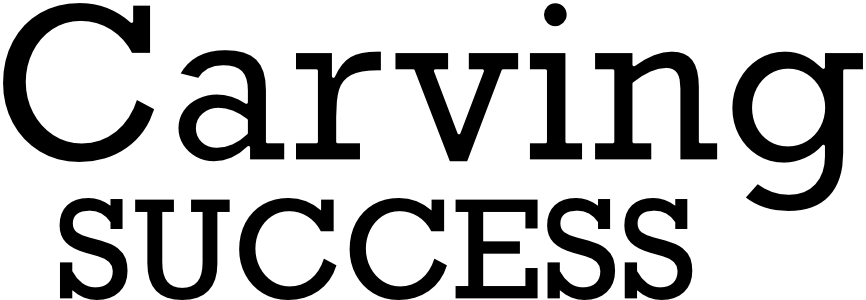If you want to increase the probability of achieving success, read on…
Chatting with my friend AP over coffee, I casually asked him how he went about becoming the National Badminton Champion. What he shared was not only amazing but it also brought more clarity to a concept of “charting paths to success”, which I had visualized a few years ago.
AP’s experience: At the age of 13, he decided to take up badminton as a sport seriously; he fondly remembers the unflinching support of his parents and the continuous motivation by his well-wishers along the journey. This helped to spur him on to achieve success. Besides attending school, he had to put in much time and effort into his new aspiration. He recalls that besides dedication, commitment, and aptitude he had to put in three hours a day which increased when he became the state and later, the national champion. At this stage, he had to attend special training camps for a month or more in addition to his routine workouts. He realized that his routine and his priorities such as his lifestyle, diet, time for himself, and socializing had to change in order to align with the selected path to meet his aspirations. AP learned different aspects of the sport from role models, coaches, and mentors. From each of them, he learned specific competencies like badminton techniques, physical fitness, stamina building, agility capabilities, concentration, and emotional balance. These additional attributes helped mold his attitude and talent for competing at the highest level. It took about 15 years, for AP to attain and retain the national champion title.
The true story about AP above is intended to seed your mind in thinking about how you could chart your way to success. Your aspirational journey, however, will require to be mapped to your context.
A couple of real-life cases of charting paths to success in business and industry are shared below where goals were considered based on achievements or advice of role models. You may like to apply your mind to reflect upon how the charting of paths in the given cases could be carried out in a better manner.
Case 1: Jack Ma – Simple tips for hiring
Jack Ma, the co-founder of Alibaba and the richest person in China has come across as saying “hire people smarter than you and then get them to work together” was the formula for success as experienced by him. On seeing this video on YouTube, a young HR professional in a medium-sized family-owned enterprise suggested this approach for recruiting, to his boss. The boss an HR veteran, after listening carefully to him, rejected his suggestion.
Question: What could the HR boss’s reasons be for rejecting the suggestion and what advice would you suggest that he give his younger colleague?
Case 2: The Mid-level Manager
A highly rated and fairly successful mid-level manager working for an IT conglomerate was managing the business for a particular region in Europe. The business was doing well but he felt that his work-life balance was not as good as he desired. He was traveling two weeks a month, on average. He always thought about the CEO of an earlier company he had worked for. This CEO came to work at 9.0 AM sharp and left at 5.0 PM daily. To him, that impression was the North Star in a work-life balance. He wanted to be like that. That CEO was his role model. He chose to follow the CEO’s pattern but was frustrated as he did not get anywhere close to his aspiration even after trying very hard for about a year.
Question: What could the mid-level manager have done better?
Food for thought: Paths to success are context-driven and each one’s path must be carved out based on current situational factors. Be ready to constantly alter selected paths as environments change (innovation, competition, meltdowns, lockdowns, personal responsibilities, etc.) is an important consideration.
Both these cases depicted above would have multiple reasons or factors to be taken into account in charting the path to success. The rationale given above is just to trigger your thoughts.
On an individual level, the success rate of “New Year Resolutions” borders around 10%. One of the main reasons why they are not accomplished is the lack of thought at the goal-setting stage and the consistent action in execution.
Charting your path to success calls for deliberate considerations while setting goals. These involve a review of your personal competence, your resources, and an appreciation of the environment. While each of these factors can be worked upon to achieve success, they need to be part of an integrated plan in charting the path. Besides this, a realistic assessment of your own personal ability to stretch, adjust to changes, and resolve issues along the way, will play an important part in accomplishing success.
These thought triggers will especially be useful for those planning to chart (or re-chart) their paths to success, in the “new normal”, post COVID19.


